How to grow Broad Beans in the garden: When to sow and harvest?
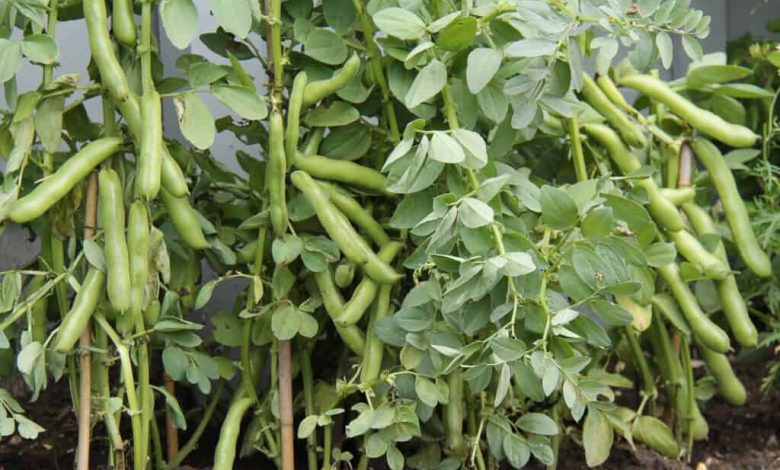
Hello to all agrohuerters! In today’s article we will learn how to grow broad beans in our gardens. We will see how to prepare the land, when to sow, what care it needs and, finally, when we should harvest.
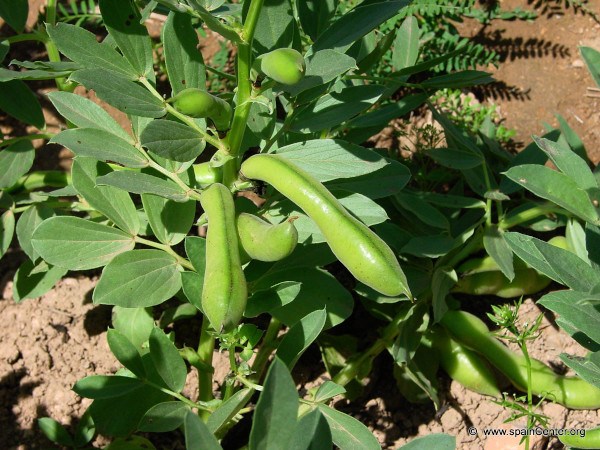
CHARACTERISTICS OF BEANS
In the scientific world it is known as Vicia faba. It belongs to the family of Fabaceae (also known as legumes) like soybeans, lentils, alfalfa,… The bean is a climbing herbaceous plant (the stems become entangled) and annual. This species is cultivated all over the world due to its seeds, used in food. Nutrition experts claim that it is rich in iron and vitamin C.
They are hermaphrodite plants, that is, they are capable of pollinating themselves. Once pollinated, the fruit is obtained, which has an elongated pod inside which the seeds (between 2 and 9) are found. These seeds have the ability to germinate between 4 and 6 years.
We have to highlight the root of this plant, since it usually has a length equal to the stem. Like other legumes, we can find a kind of nodule on the roots (see image below) due to their ability to fix nitrogen in the soil. Of all the nitrogen they are capable of fixing, they use 80% for the plant itself and the remaining 20% to improve soil fertility. These nodules should not be confused with those caused by root nematodes.
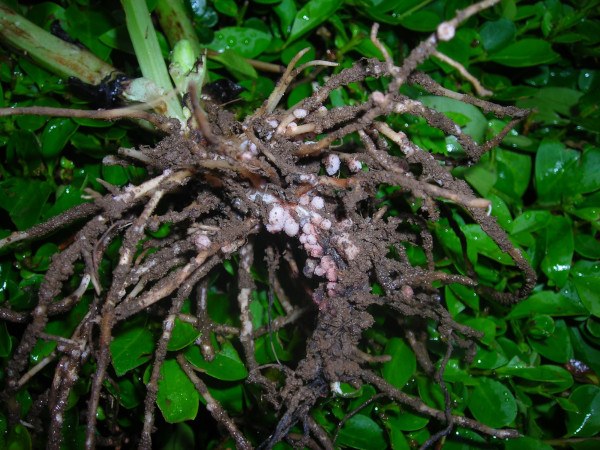
STEPS TO FOLLOW TO GROW BEANS IN THE GARDEN
1. PREPARATION OF THE LAND AND PLANTING
Once we finish the summer crops it is time to think about broad beans. We will begin to prepare the ground to be able to sow in the fall. If it is the first time that we are going to plant broad beans, we will have to buy the seeds (it is important that they are free of diseases!). On the following occasions we will be able to obtain our own seeds as we will explain later.
For the preparation of the land, it is recommended to spread a layer of manure and cover it. In this way we will make small rows until we have our terrace or garden area ready to plant.
It is important to soak the beans the day before, this practice will favor their subsequent germination. It is recommended to sow (direct sowing) at a distance of approximately 25 centimeters between one seed and another. In each hole we will put 2 seeds to, in this way, make sure that at least one of them comes out ahead. Later we will cover the holes and apply a good irrigation. It is important that the soil has good drainage!
2. CARE THAT WE SHOULD TAKE INTO ACCOUNT
- They do not require fertilization.
- In spring it will be when our beans grow faster. For this reason, one of the most important cares will be carried out at the end of winter and consists of aerating the soil so that the roots develop better.
- Sometimes the ground can be padded to keep it more humid.
- If we are in a windy place, it is convenient to make a fastening system.
3. IRRIGATION AND TREATMENTS
Irrigation is moderate, it does not need excessive water. If the autumns and winters are rainy, it may not even be necessary to water.
4. HARVEST
Broad beans will be harvested in mid- spring, depending on when they were planted. It is recommended to harvest the beans just before they are ripe so that they are more tender. It is important to obtain our own broad bean seeds for the following season.
In this way, we will ensure that they are free of diseases and save money by not having to buy them. Being an annual plant, with the remains we can make homemade compost.
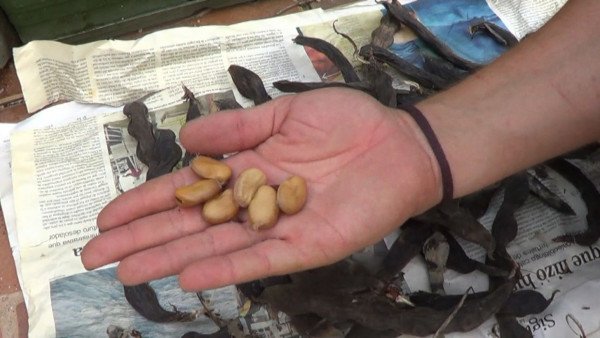
PESTS AND DISEASES OF BEANS
In a few days we will talk about the main pests and diseases of broad beans. It is worth noting the aphid, as the most common plague and the mildew disease.
CAN BEANS BE ASSOCIATED WITH OTHER CROPS?
- It is recommended to grow broad beans with: beans, potatoes and cabbages.
- Crops with which broad beans should not be grown: peas and garlic.
This is all for today, I hope you liked the article and that you start growing your own broad beans in the garden. You can tell us about your experiences in the comments. See you in the next article!
Have a nice day

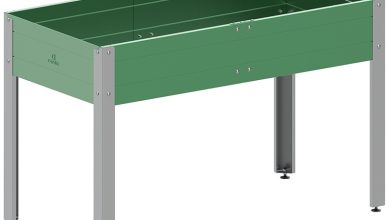
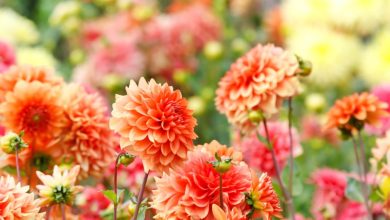
![Photo of Prune Capers: [Importance, Time, Considerations and Steps]](https://www.complete-gardening.com/wp-content/uploads/2021/06/Alcaparra_1615296745-390x220.jpg)
